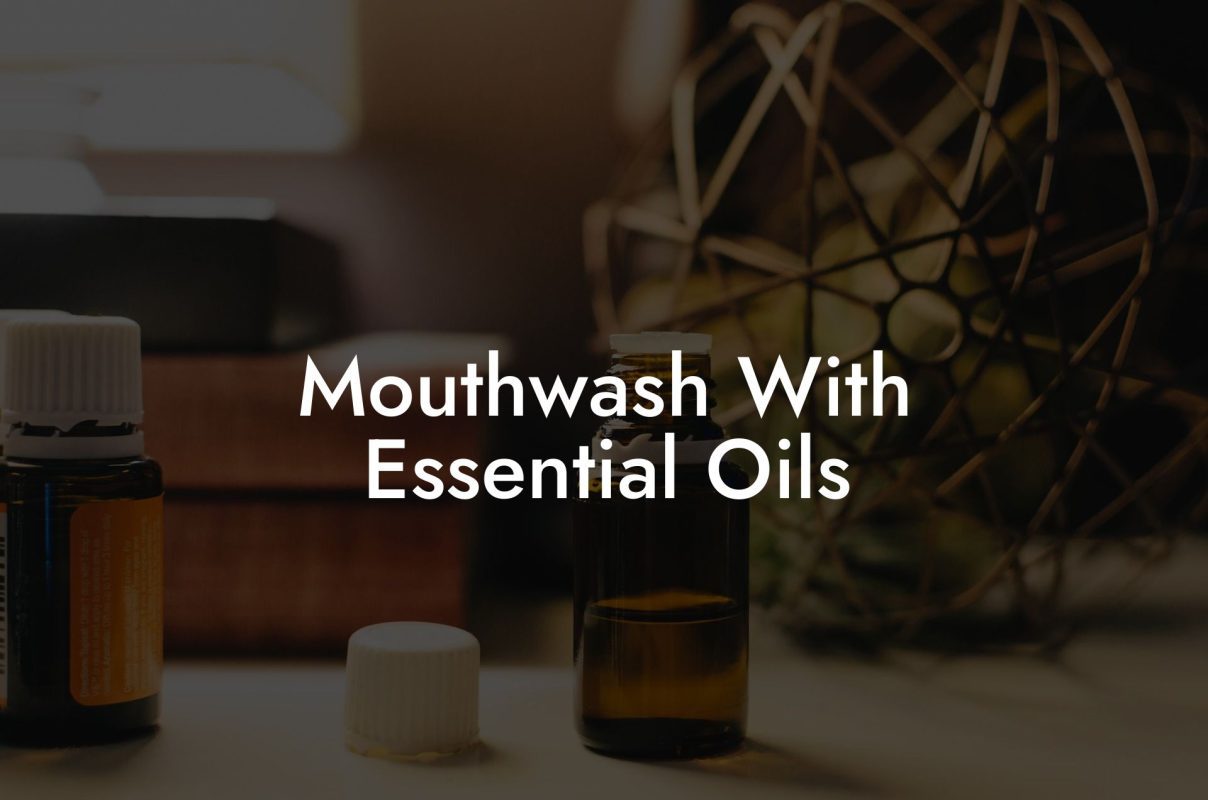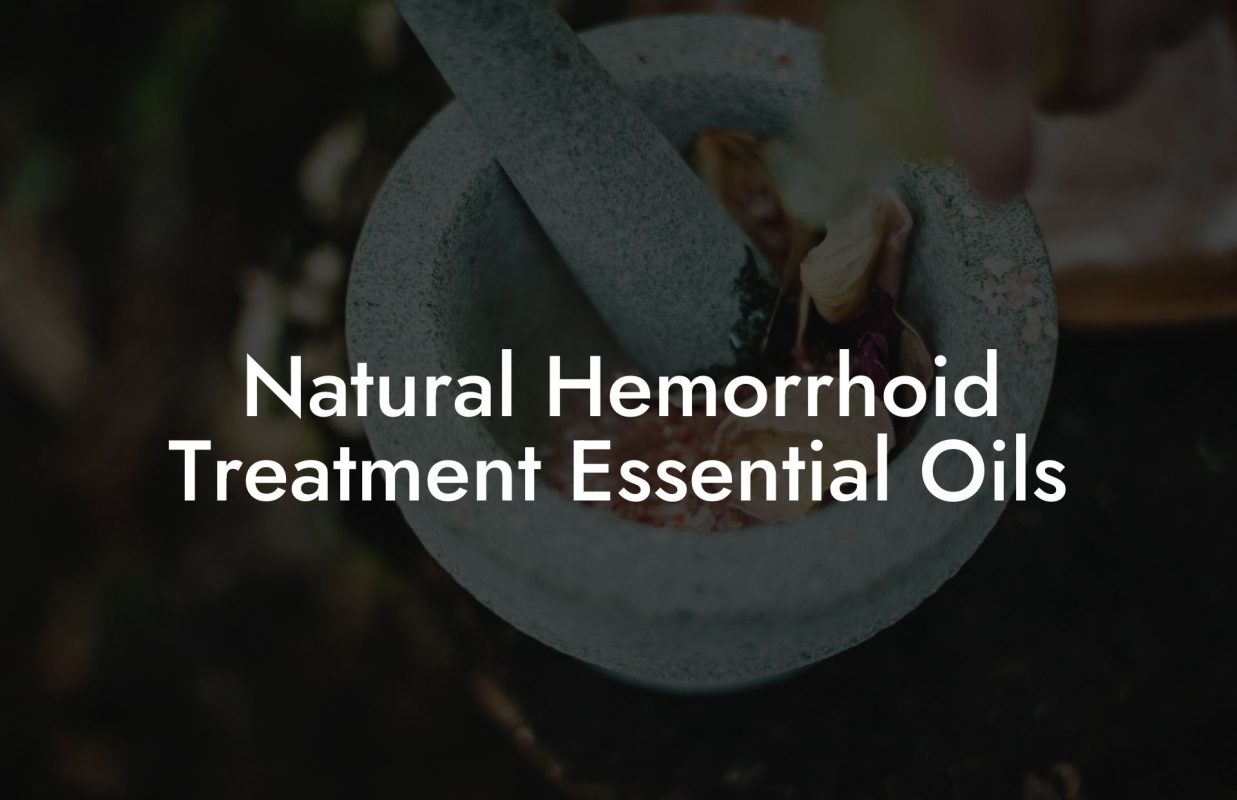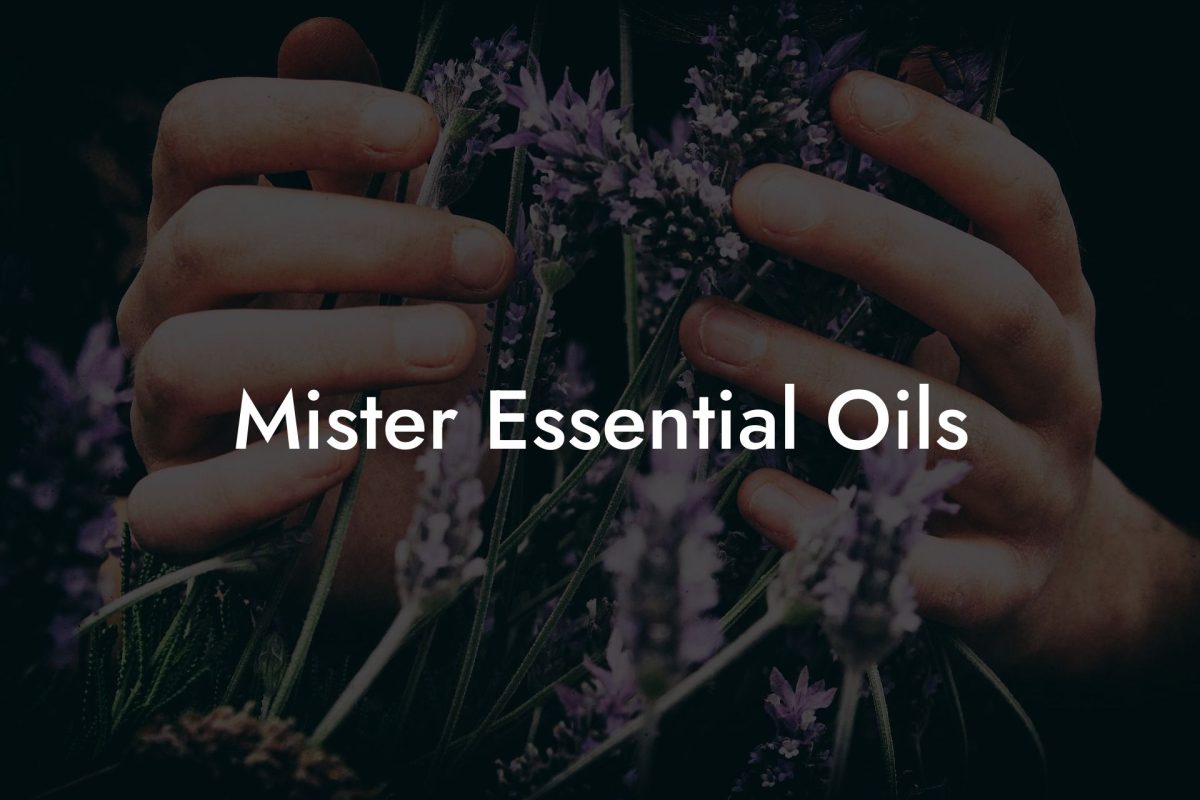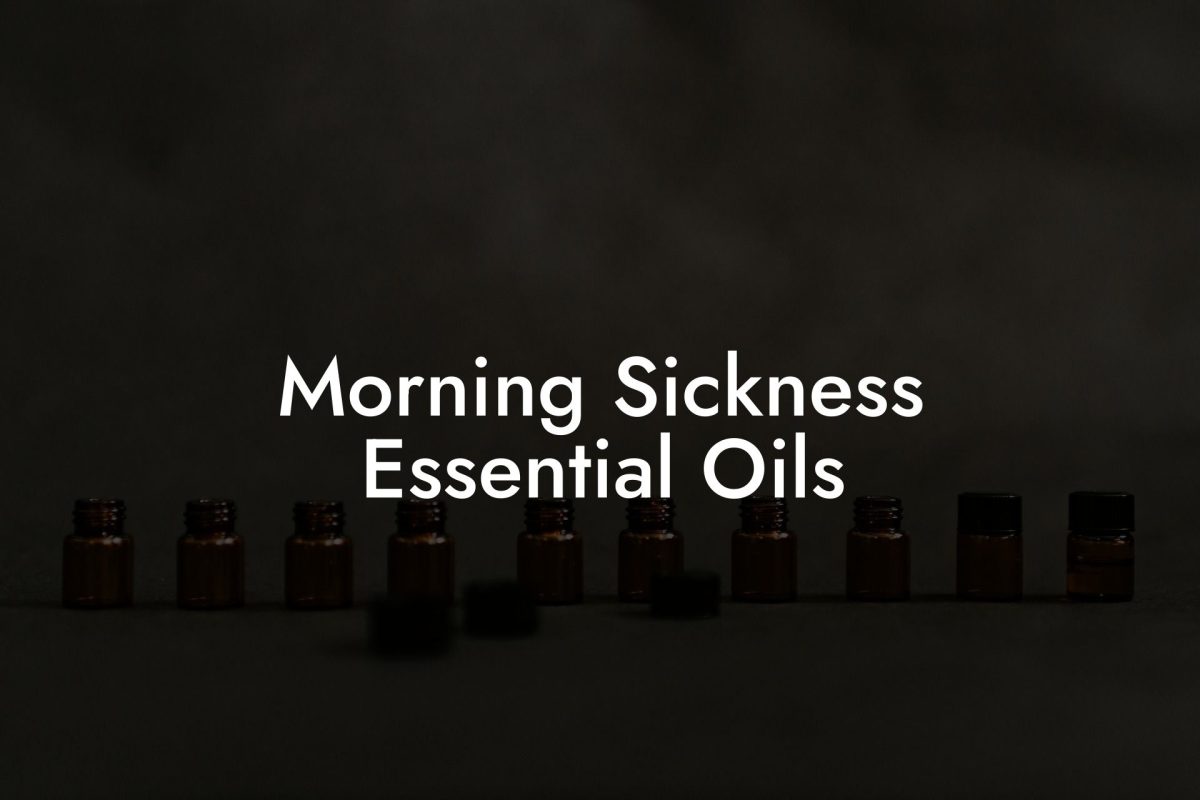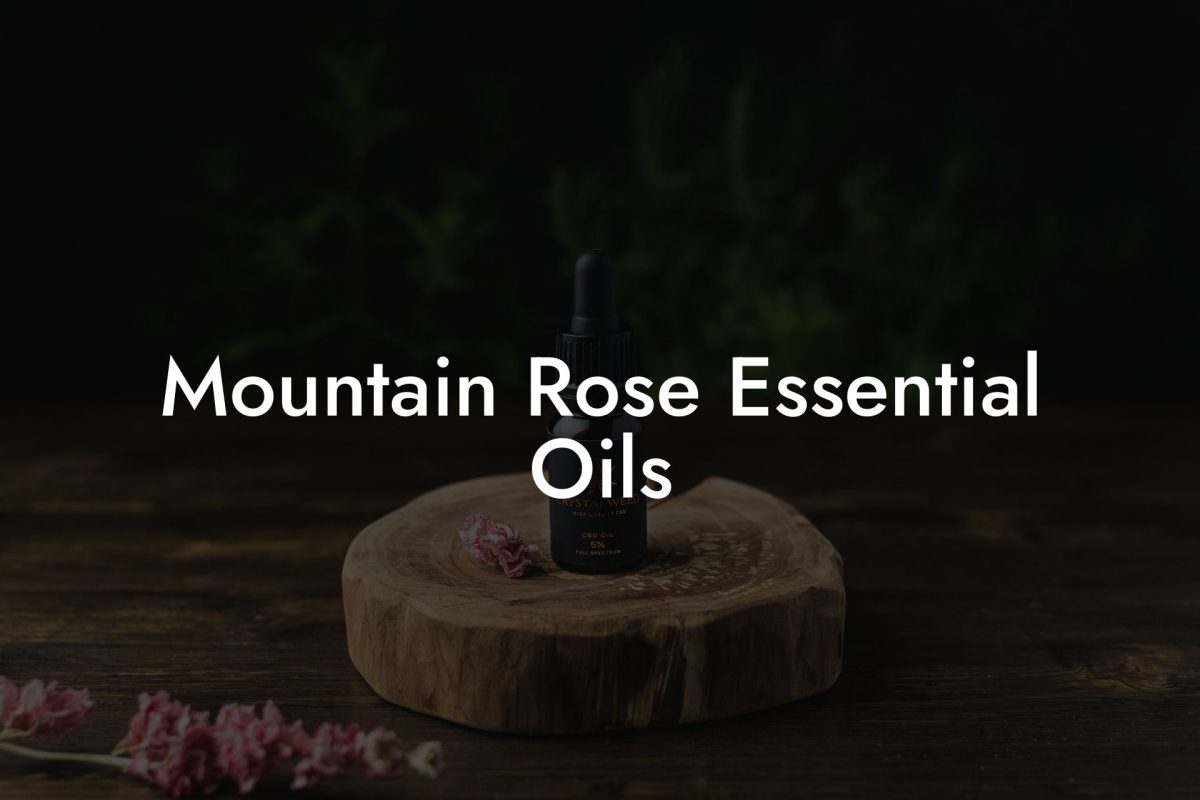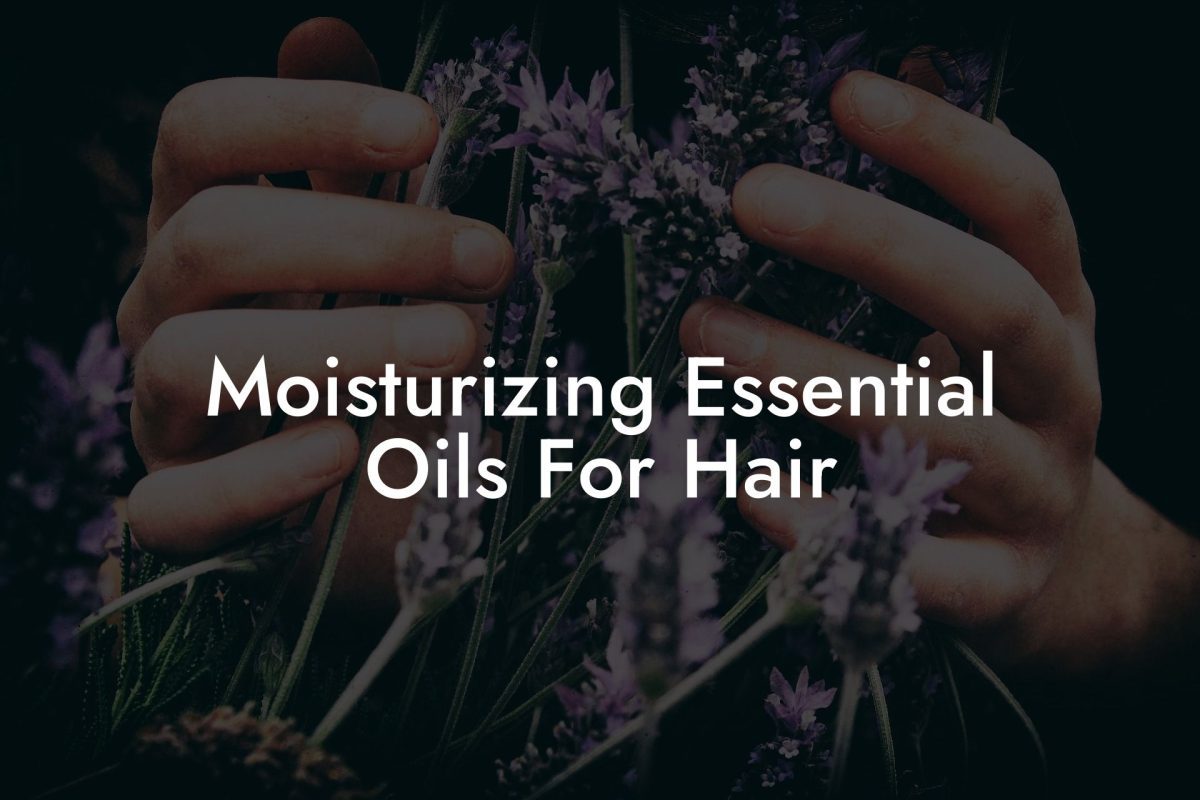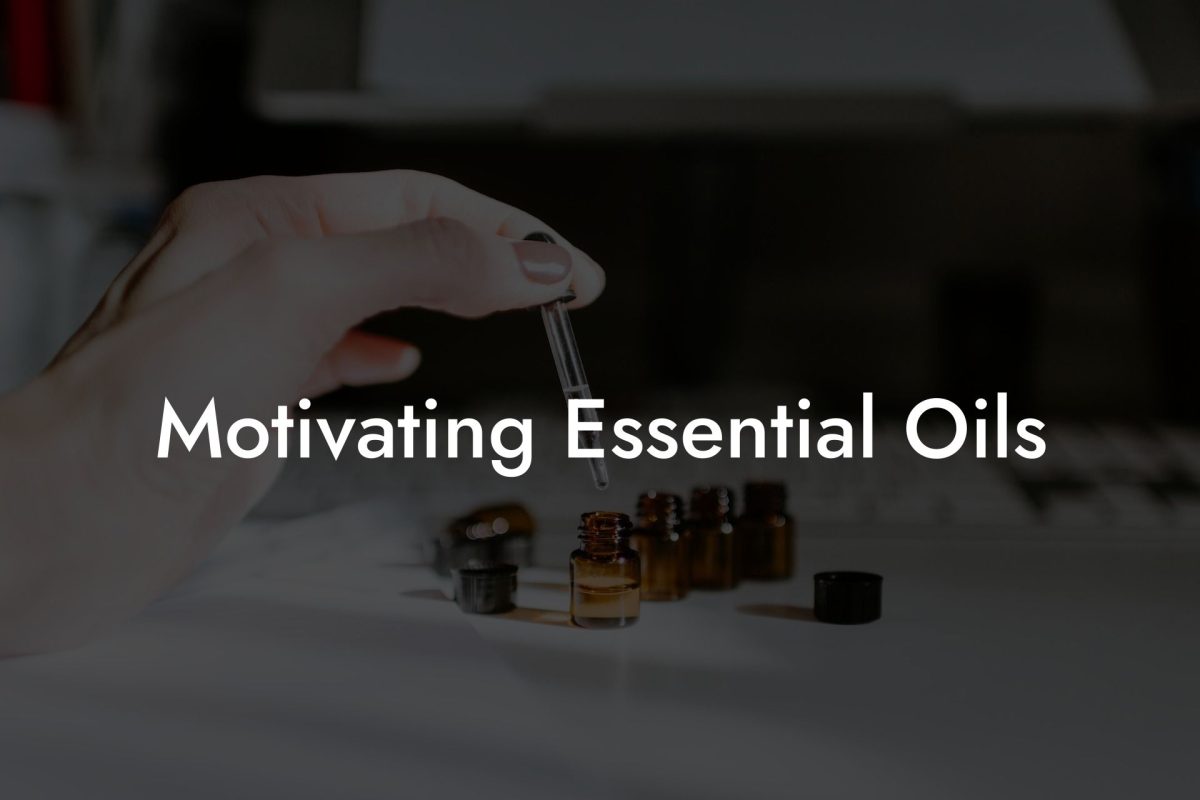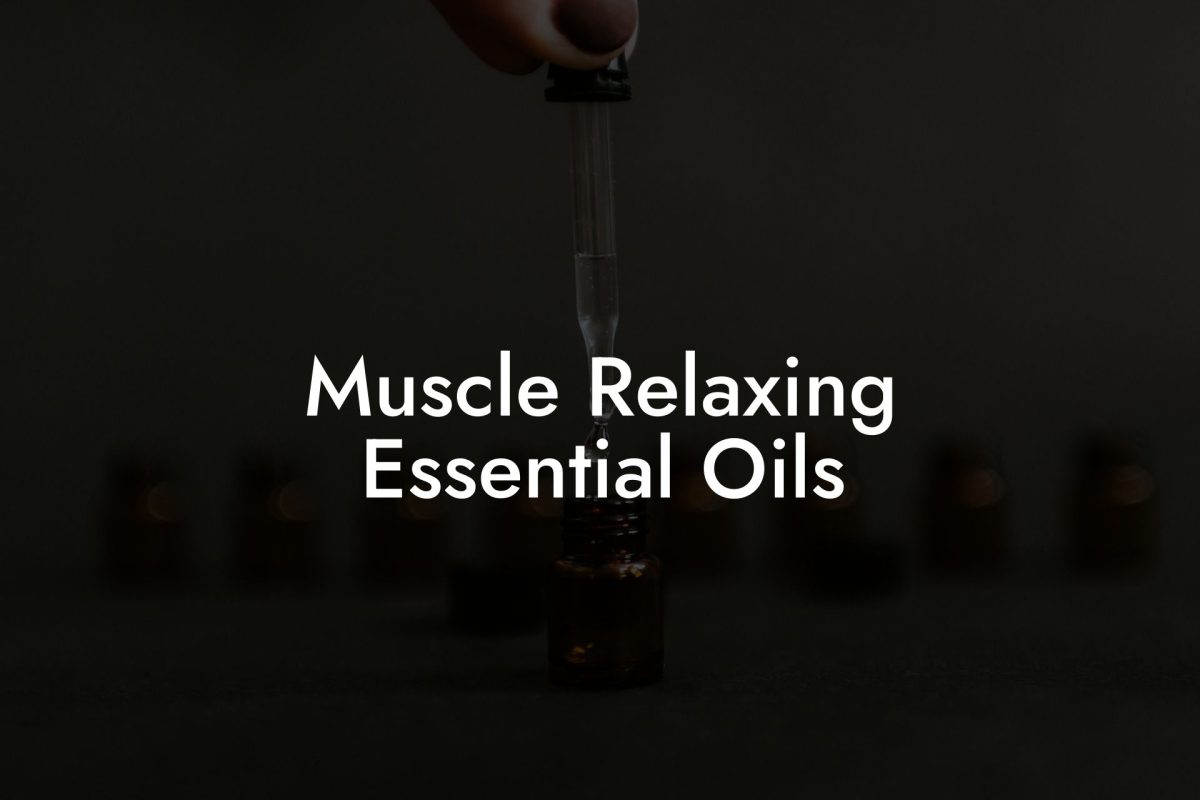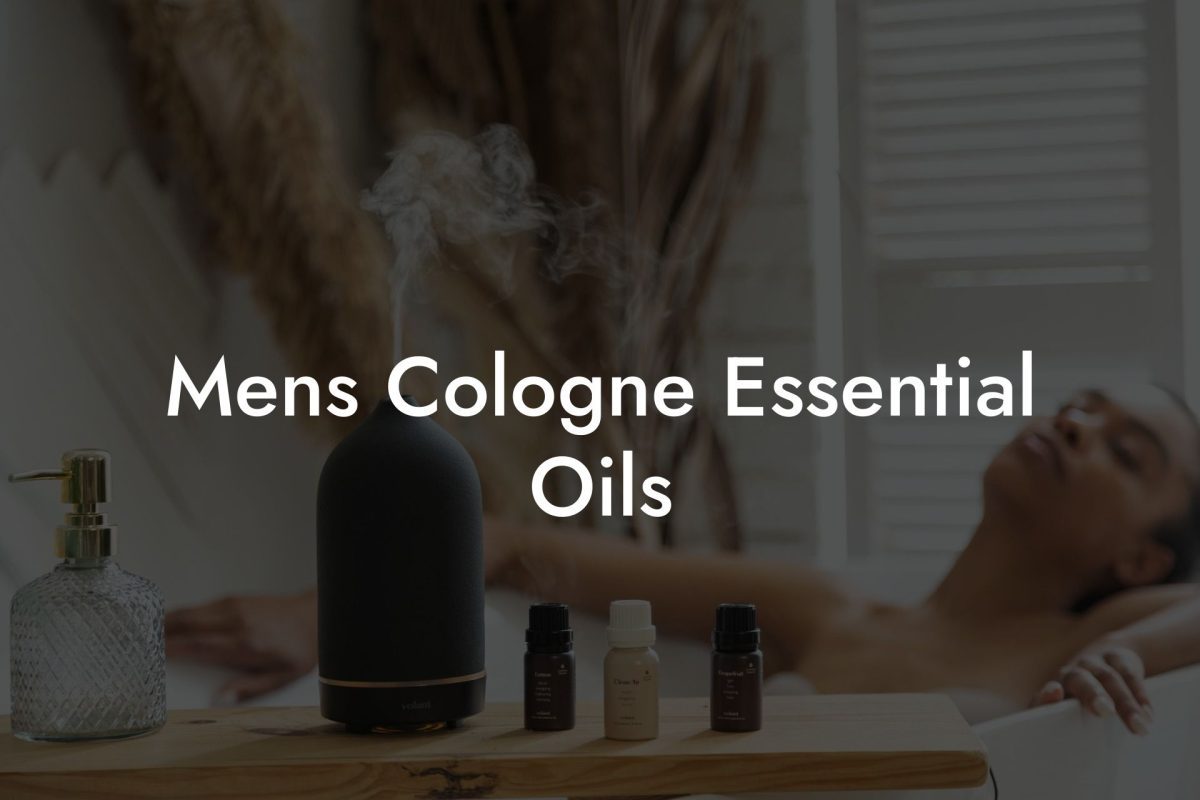Creating your own personalized perfume with essential oils is not only a fun and creative experience, but it also allows you to take control of the ingredients that go into your fragrance. With an ever-growing awareness of the potentially harmful ingredients in many commercially-produced perfumes, more and more people are turning to DIY perfume for a natural alternative. In this comprehensive guide, we will explore the exciting world of DIY perfume essential oils, from how to choose the right oils for your unique scent to crafting a well-balanced blend that you’ll love to wear.
Table of Contents
Choosing the Right Essential Oils for Your DIY Perfume
When it comes to selecting essential oils for your DIY perfume, you’ll want to consider the following factors:
- Scent preferences: Knowing what type of scents you enjoy is key. Are you drawn to fresh, citrusy aromas or warm, earthy tones? Or perhaps you prefer floral or spicy scents. Identifying your preferences will help you choose the right oils for your blend.
- Therapeutic benefits: Many essential oils not only provide a lovely fragrance but also offer various physical and emotional benefits. For example, lavender is known for its calming properties, while citrus oils like lemon and orange can uplift your mood and increase focus.
- Quality: Make sure you are using pure, high-quality essential oils for your perfume. Oshu Oils is committed to providing artisan essential oils, crafted with the utmost care and attention to ensure the finest quality products for your fragrance needs.
Understanding Fragrance Notes
In the world of perfumery, scents are typically described using a “note” system. There are three main types of notes:
- Top notes: These are the first scents you detect when you first apply your perfume, and they are usually fresh, light, and uplifting. Examples include citrus oils like bergamot, grapefruit, and lime.
- Heart (middle) notes: These make up the main body of the scent and give your perfume its character. Floral and fruity oils like rose, jasmine, and ylang-ylang are popular heart notes.
- Base notes: These oils have a heavier, deeper scent, and provide a lasting impression after the top and heart notes have faded. Examples include woody, earthy, and resinous oils like cedarwood, sandalwood, and frankincense.
To create a well-rounded and balanced perfume, you’ll typically want to include oils from all three note categories, but the exact ratios and combinations can be adjusted to suit your preferences.
Creating Your DIY Essential Oil Perfume Blend
Once you’ve selected your essential oils, it’s time to start blending. Here is a general process to get started:
- Begin by adding your base note oils to a small glass bottle or rollerball container. Aim for a total of 5-10 drops, depending on the size of your container and desired strength.
- Add your chosen heart note oils, using another 5-10 drops, and gently swirl the bottle to blend.
- Finally, add your top note oils, using 3-7 drops, and give the bottle another gentle swirl.
- To dilute and create a wearable perfume, add your preferred carrier oil, like jojoba or fractionated coconut oil, to fill the container.
- Allow your blend to sit for at least 24 hours, giving the oils time to meld and mature.
Feel free to adjust these ratios and experiment with different combinations until you find your perfect DIY perfume essential oil blend.
DIY Perfume Essential Oils Example:
Imagine you want to create a fresh, uplifting DIY perfume with a hint of floral undertones. You might choose the following essential oils for your blend:
– Top notes: 4 drops bergamot, 2 drops sweet orange
– Heart notes: 5 drops lavender, 2 drops geranium
– Base notes: 3 drops cedarwood, 2 drops frankincense
Combine these oils in your rollerball container, add your carrier oil, and let the blend rest for the recommended time. The result will be a unique, naturally-derived perfume that not only smells wonderful but also offers emotional well-being benefits.
With the wide world of DIY perfume essential oils at your fingertips, the possibilities are truly endless. Customize your scents, experience the therapeutic benefits of essential oils, and enjoy a truly personal and natural fragrance experience. Don’t forget to share this guide with friends who may be interested in creating their own DIY perfume, and explore our other guides and the Oshu Oils range to continue expanding your essential oil knowledge and collection. Happy blending!


